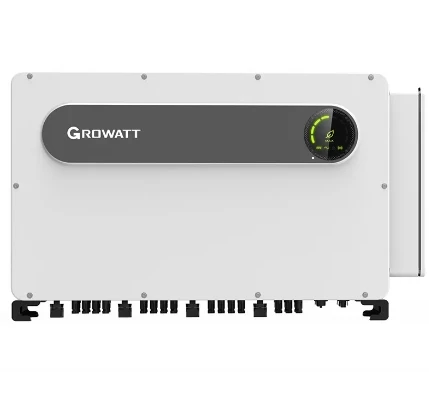solar panel efficiency cloudy day
Solar Panel Efficiency on Cloudy Days
Solar energy has become an increasingly popular option for renewable energy generation, driven by the need to mitigate climate change and reduce dependency on fossil fuels. However, one of the common misconceptions about solar panels is that they only function optimally in sunny weather. In reality, solar panels can still generate electricity on cloudy days, although their efficiency can be affected by various factors. This article explores how solar panels operate under cloudy conditions and what homeowners and businesses can expect in terms of energy output.
Understanding Solar Panel Efficiency
Solar panels convert sunlight into electricity using photovoltaic cells. The efficiency of these panels is measured by their ability to convert sunlight into usable energy. Standard solar panels operate most efficiently under direct sunlight, typically achieving peak efficiency ratings between 15% to 22%. However, even on overcast days, solar panels can produce energy, albeit at a reduced capacity.
Impact of Cloud Cover
Clouds can significantly filter sunlight, which leads to a decrease in the intensity of solar radiation that reaches the panels. On a perfectly sunny day, solar panels can receive around 1000 watts of sunlight per square meter. However, on a cloudy day, this can drop to as little as 200 to 500 watts per square meter, depending on the level of cloud coverage. Consequently, the energy output from solar panels can drop to 20% to 50% of their potential output compared to clear skies.
Circumventing the Efficiency Drop
solar panel efficiency cloudy day

Despite the reduced efficiency, solar panels are designed to harness diffuse sunlight, which is sunlight scattered by clouds and atmospheric particles. This means that even on cloudy days, there is still sufficient light for solar panels to function. Furthermore, advancements in solar technology are helping to mitigate the effects of cloud cover.
For instance, bifacial solar panels, which capture light from both the front and back sides, can increase energy generation even in less-than-ideal weather. Additionally, using solar trackers—devices that orient solar panels to follow the sun’s path—can optimize energy capture during the day, regardless of weather conditions.
Real-World Performance
The performance of solar panels on cloudy days varies depending on several factors, including geographical location, type of solar panel, and installation angle. Research has indicated that regions with consistent cloud cover can still benefit from solar energy. For example, systems in areas known for overcast skies, such as the Pacific Northwest in the United States, have reported satisfactory energy yields. Performance monitoring systems can provide insights into how much energy is generated on cloudy days versus sunny days, helping consumers understand the return on their investment.
Conclusion
While cloudy weather can reduce the efficiency of solar panels, it does not eliminate their ability to generate electricity. Homeowners and businesses should not be deterred by the prospect of installing solar systems due to fears that cloudy days will render their investment ineffective. With the right technology and installation practices, solar energy can remain a viable option throughout the year.
In the grand scheme of climate action and energy independence, embracing solar technology—even in less-than-ideal conditions—represents a positive step toward sustainability. As solar technology continues to evolve, it will further enhance energy generation capabilities, making it more accessible and reliable regardless of weather conditions.
-
Unlocking Energy Freedom with the Off Grid Solar InverterNewsJun.06,2025
-
Unlock More Solar Power with a High-Efficiency Bifacial Solar PanelNewsJun.06,2025
-
Power Your Future with High-Efficiency Monocrystalline Solar PanelsNewsJun.06,2025
-
Next-Gen Solar Power Starts with Micro Solar InvertersNewsJun.06,2025
-
Harnessing Peak Efficiency with the On Grid Solar InverterNewsJun.06,2025
-
Discover Unmatched Efficiency with the Latest String Solar InverterNewsJun.06,2025







